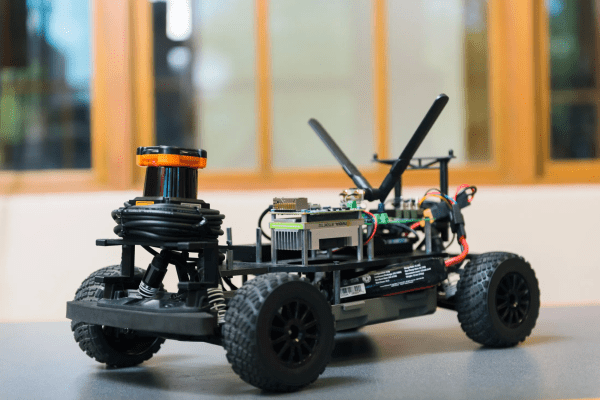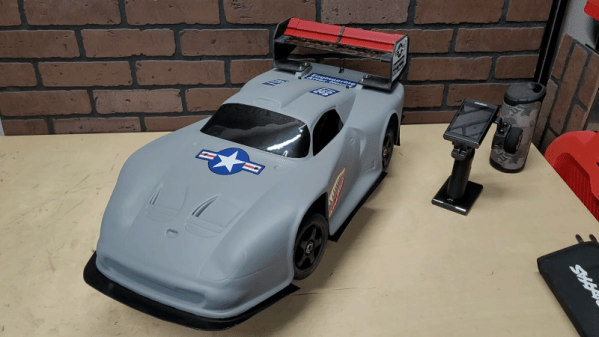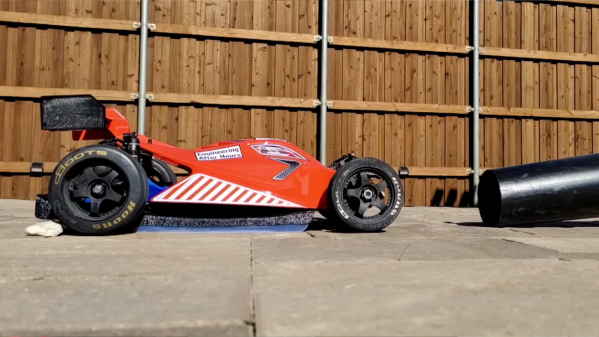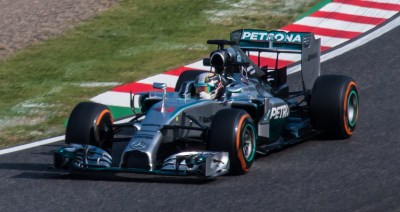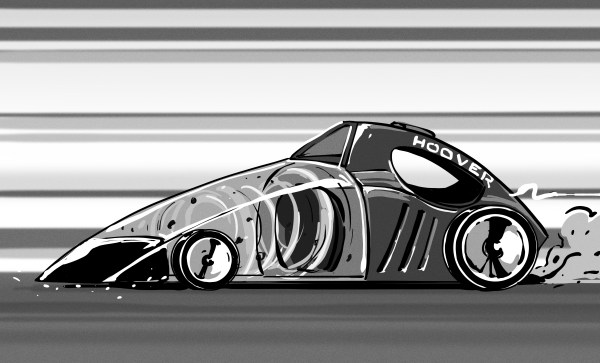[Steven Gong] is attending the University of Waterloo and found himself with a 1/10th scale F1TENTH autonomous RC car. What better use of a fast RC car with some smarts than to race itself around your computer science building?
Onboard is an Nvidia Jetson NX (not the new Nvidia Jetson Orin), a lidar module, and a depth camera. The code runs on top of ROS2, and the results were impressive. [Steven] mapped out the fifth floor of his building at 6 am using SLAM and the onboard sensors. With a map, he created a rough track for his car to follow. First, the car needs to know when to brake and when to hit the gas. With the basics out of the way, [Steven] moved on to the fun part. He wrote code to generate a faster racing line. Every turn has an optimal speed and approach, but each turn affects the next turn, which turns it into a rather exciting optimization problem.
Along the way, [Steven] fixed the gearbox, tuned the PID steering loop, and removed the software speed limits. It’s impressive engineering, and we love seeing the car zoom around faster and faster. The car eventually hit 25km/h, which seems pretty fast for indoors. The code and more details are up on GitHub.
However, if you’re curious about playing around with self-driving, perhaps a much smaller scale Pi Zero-based racer might be more your speed. Video after the break.
Continue reading “Robot Races A Little Smarter To Go Faster”

